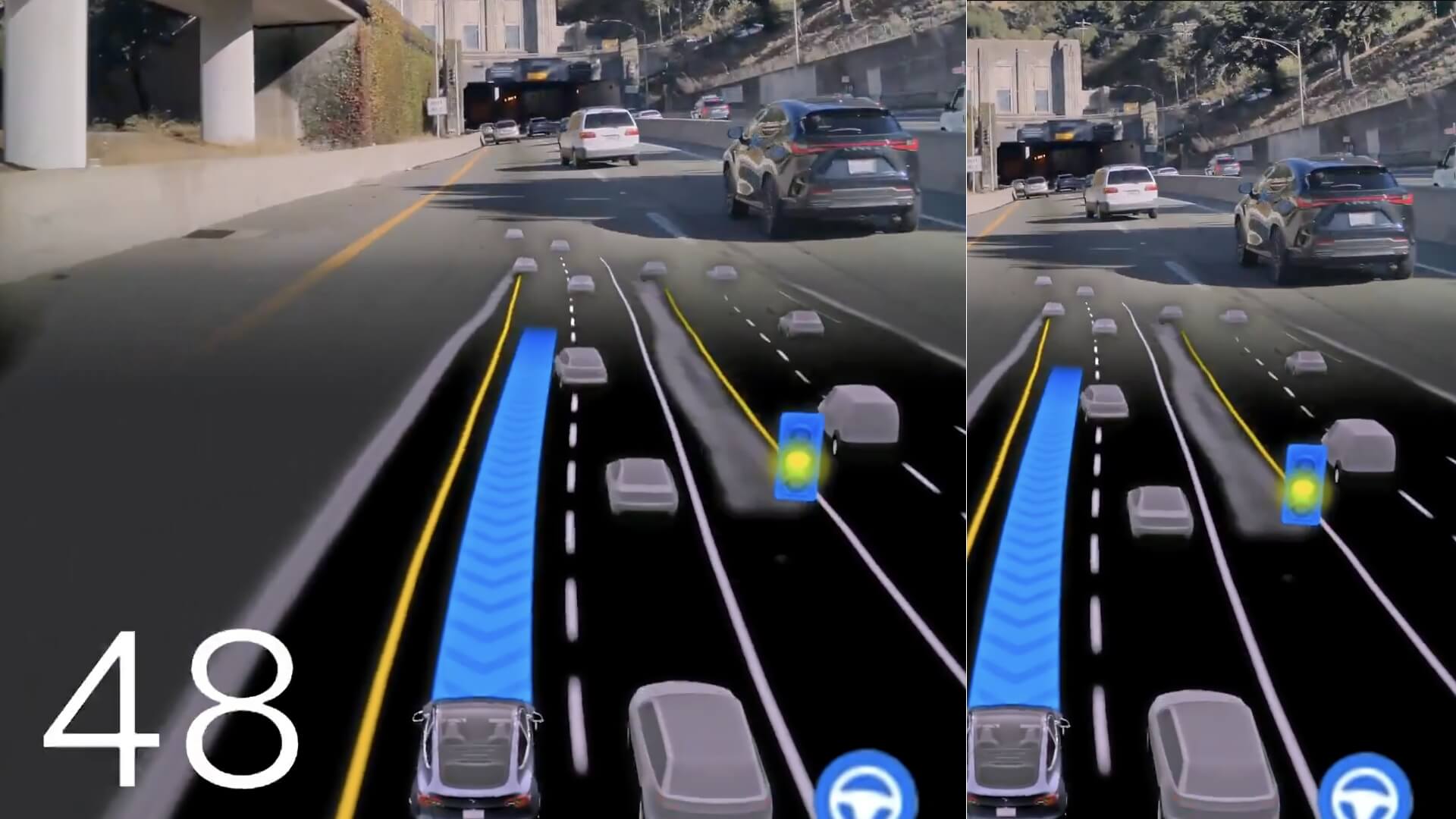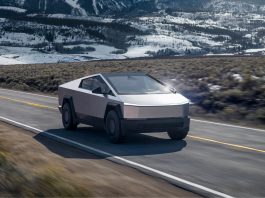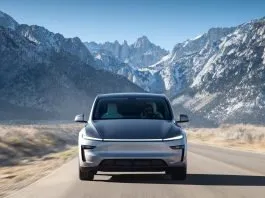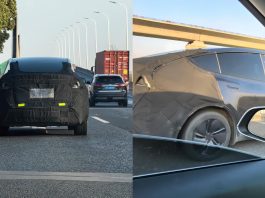Tesla’s FSD system has improved greatly, especially with the latest release of version 12.5.6.3. This one focuses on a cautious driving style, particularly in dense traffic. There has been emerging commentary on the general behavior of the software such as its deceleration when encountering slow traffic.

Tesla FSD (Supervised) v12.5.6.3: Ways to Minimize Risk of Accidents
Tesla’s quite conservative approach in FSD v12.5.6.3 is primarily about safety. The system is then designed to reduce its speed further to be able to respond to vehicles that may turn from nearby lanes as a result of reduced speed. This kind of behavior resembles that of a learner driver who tends to slow down in case he doubts whether he should overtake or run a stop sign, let alone fear a possible accident or dangerous stunt.
For example, real-world applications mentioned by the users in New York City involve a scenario where the FSD system slows nearly to a stop in response to any perceived hazard, like a vehicle signalizing a lane change or a pedestrian crossing. Such an approach might annoy drivers who want aggressive driving behavior, especially when the route is familiar to the driver.
FSD 12.5.6.3 slows down early, anticipating someone may pull out pic.twitter.com/EoiYSQNUsC
— ΛI DRIVR (@AIDRIVR) November 17, 2024
User Experiences and Feedback
The Tesla owners noted that while automotive manufacturers are designing cars with better safety features, this driving behavior makes some car owners uncomfortable. It is also good to see that some device users appreciate the increased safety measures by the slow system. However, others complain of the slow speeds; speeds often go below the recommended speed limit thus causing jams and other road users behind them to get annoyed.
According to one of the users, they set their top speed slightly above the allowed limit but found that the FSD would routinely drive at 5-10 mph under the speed limit unless the driver intervened. This has given rise to questions on the dynamics of traffic actions that the FSD manages as well as its ability to merge into high speeds moving streams.
Technical Insights into FSD Behavior
Indeed, it can be noted that the technology that underlies the FSD system in Tesla cars is based on the combination of sensors and algorithms that analyze the real-time data of the car’s environment. As stipulated by Tesla in the owner manual, the system’s reaction in several circumstances depends on factors such as GPS precision and restrictions of sensors. For instance, if the system identifies a truck in the nearby lane, it may decrease speed despite the absence of any imminent threat.
Further, the system would opt for safety over speed and, thus, could brake or decelerate excessively in situations where the human driver would maintain speed. Such conservative coding is quite relevant when implemented in areas with urban road traffic, as the latter is always unpredictable.
Comparison Analysis with Previous Edition
Earlier iterations of Tesla FSD received comments for being reckless, or unpredictable in the way they were driven. A more conservative direction in version 12.5.6.3 is a sharp change in philosophy for Tesla. Some users have pointed out that while prior versions likely would merge at or above the speed limit similar to current conditions, the current version guides the user to avoid as much risk as possible even if it is less convenient.
This transitional shift could have been executed in anticipation of rising concerns around self-driving technologies and their impact on traffic safety after multiple Tesla-related accidents. At the same time, it is evident that today’s stakeholders are more valued than customers and their desire for an exciting ride; still, the company looks more focused on their security and conformity to legal requirements.
Conclusion
The presented Full Self-Driving (Supervised) v12.5.6.3 was a major upgrade in Tesla’s autonomous car paradigm that changes the previous driving behavior in an attempt to avoid possible accidents in complex traffic interactions as much as possible. Although this approach may increase safety and decrease accident potential, it may also diminish efficiency and user satisfaction.
Once Tesla perfects its FSD, striking a balance between the car driving carefully and the nuts-and-bolts movement of traffic will be central. User feedback will also play an essential role in future updates since the company intends to enhance both the functionality and usability of the car in tackling issues encountered in self-driving on modern roads.



